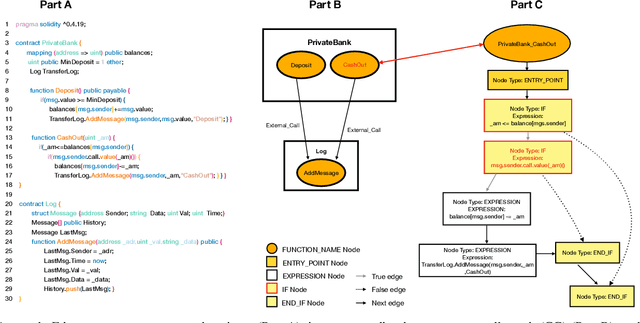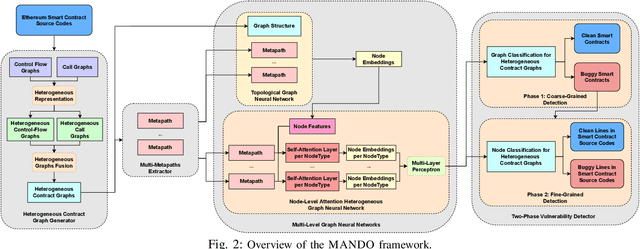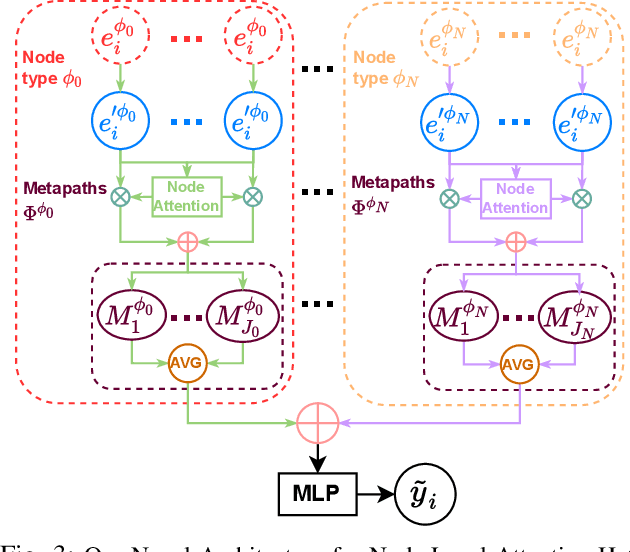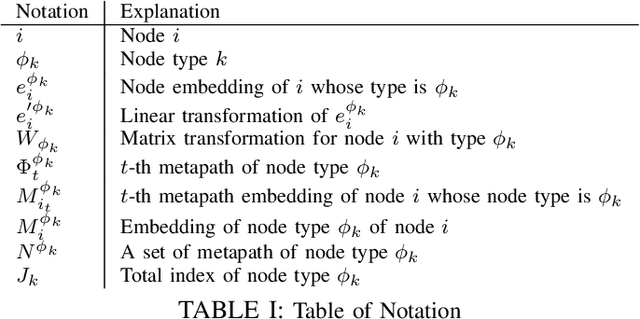Nhat-Minh Nguyen
Wasserstein Gaussianization and Efficient Variational Bayes for Robust Bayesian Synthetic Likelihood
May 24, 2023Abstract:The Bayesian Synthetic Likelihood (BSL) method is a widely-used tool for likelihood-free Bayesian inference. This method assumes that some summary statistics are normally distributed, which can be incorrect in many applications. We propose a transformation, called the Wasserstein Gaussianization transformation, that uses a Wasserstein gradient flow to approximately transform the distribution of the summary statistics into a Gaussian distribution. BSL also implicitly requires compatibility between simulated summary statistics under the working model and the observed summary statistics. A robust BSL variant which achieves this has been developed in the recent literature. We combine the Wasserstein Gaussianization transformation with robust BSL, and an efficient Variational Bayes procedure for posterior approximation, to develop a highly efficient and reliable approximate Bayesian inference method for likelihood-free problems.
MANDO: Multi-Level Heterogeneous Graph Embeddings for Fine-Grained Detection of Smart Contract Vulnerabilities
Aug 28, 2022



Abstract:Learning heterogeneous graphs consisting of different types of nodes and edges enhances the results of homogeneous graph techniques. An interesting example of such graphs is control-flow graphs representing possible software code execution flows. As such graphs represent more semantic information of code, developing techniques and tools for such graphs can be highly beneficial for detecting vulnerabilities in software for its reliability. However, existing heterogeneous graph techniques are still insufficient in handling complex graphs where the number of different types of nodes and edges is large and variable. This paper concentrates on the Ethereum smart contracts as a sample of software codes represented by heterogeneous contract graphs built upon both control-flow graphs and call graphs containing different types of nodes and links. We propose MANDO, a new heterogeneous graph representation to learn such heterogeneous contract graphs' structures. MANDO extracts customized metapaths, which compose relational connections between different types of nodes and their neighbors. Moreover, it develops a multi-metapath heterogeneous graph attention network to learn multi-level embeddings of different types of nodes and their metapaths in the heterogeneous contract graphs, which can capture the code semantics of smart contracts more accurately and facilitate both fine-grained line-level and coarse-grained contract-level vulnerability detection. Our extensive evaluation of large smart contract datasets shows that MANDO improves the vulnerability detection results of other techniques at the coarse-grained contract level. More importantly, it is the first learning-based approach capable of identifying vulnerabilities at the fine-grained line-level, and significantly improves the traditional code analysis-based vulnerability detection approaches by 11.35% to 70.81% in terms of F1-score.
 Add to Chrome
Add to Chrome Add to Firefox
Add to Firefox Add to Edge
Add to Edge